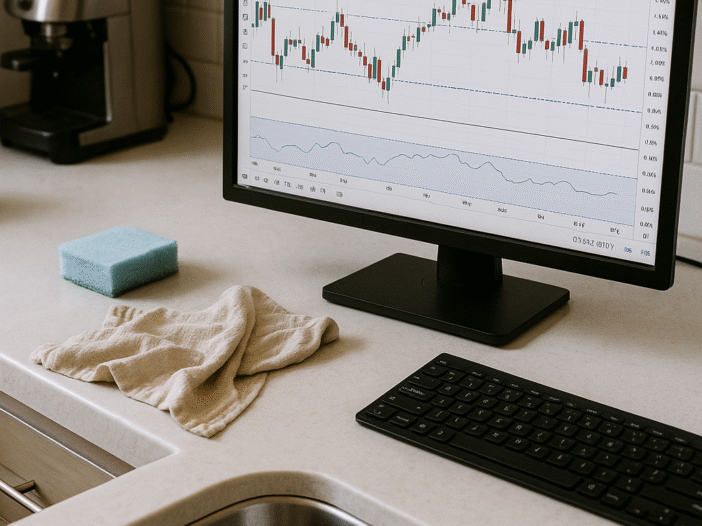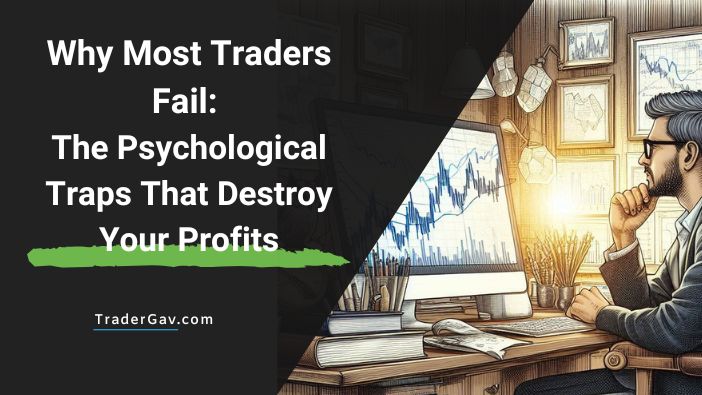It’s Sunday afternoon. I’m not trading, but I’m doing something just as important. I’m cleaning the kitchen. The counter’s a mess. Crumbs under the toaster. A drip trail of coffee from this morning. A few dishes that “look clean enough” until you hold them up to the light. So I wipe. I rinse. I reset […]
Trading Psychology
How to Overcome Trading Anxiety: A Step-by-Step Guide to Staying Calm Under Pressure
Let’s be honest. Trading can be stressful as hell. Your money is on the line. The market moves fast. And just when you think you’ve got it all figured out, BAM—price reverses, and you’re left staring at a red P&L like it just insulted your family. Anxiety in trading is real. But here’s the truth: […]
Why Most Traders Fail: The Psychological Traps That Destroy Your Profits
Let’s cut the fluff. Most traders don’t blow their accounts because of bad strategies. It’s not the market, your broker, or some “manipulation” nonsense. The real killer? Your own mind. Trading is psychological warfare, against yourself. If you don’t master your emotions, you’re dead money. So let’s break down the biggest mental pitfalls wrecking your […]
Afraid to Pull the Trigger? Here’s Why (and How to Fix It)
Ever sat in front of your screen, finger hovering over the buy button, heart pounding like you’re about to defuse a bomb? Yeah, me too. It’s called “Afraid to Trade” syndrome, and it’s the silent killer of retail traders—especially those with small accounts. Why? Because hesitation is expensive. The market doesn’t wait for you to […]
Next trade is more important
Forget about your past trades. Keep the focus on the price action, and the next trade is always more important.
Video: Who moved my cheese?
Update [12 Jan 2010]: Apparently, the video has violated some copyrights issues and has been removed. Anyway, check out the book, it is definitely well worth the time. …………………………………….. [Original post] I read the book years back. A simple story but reveals profound truths about change. It applies to life and, of course, trading. “It […]






